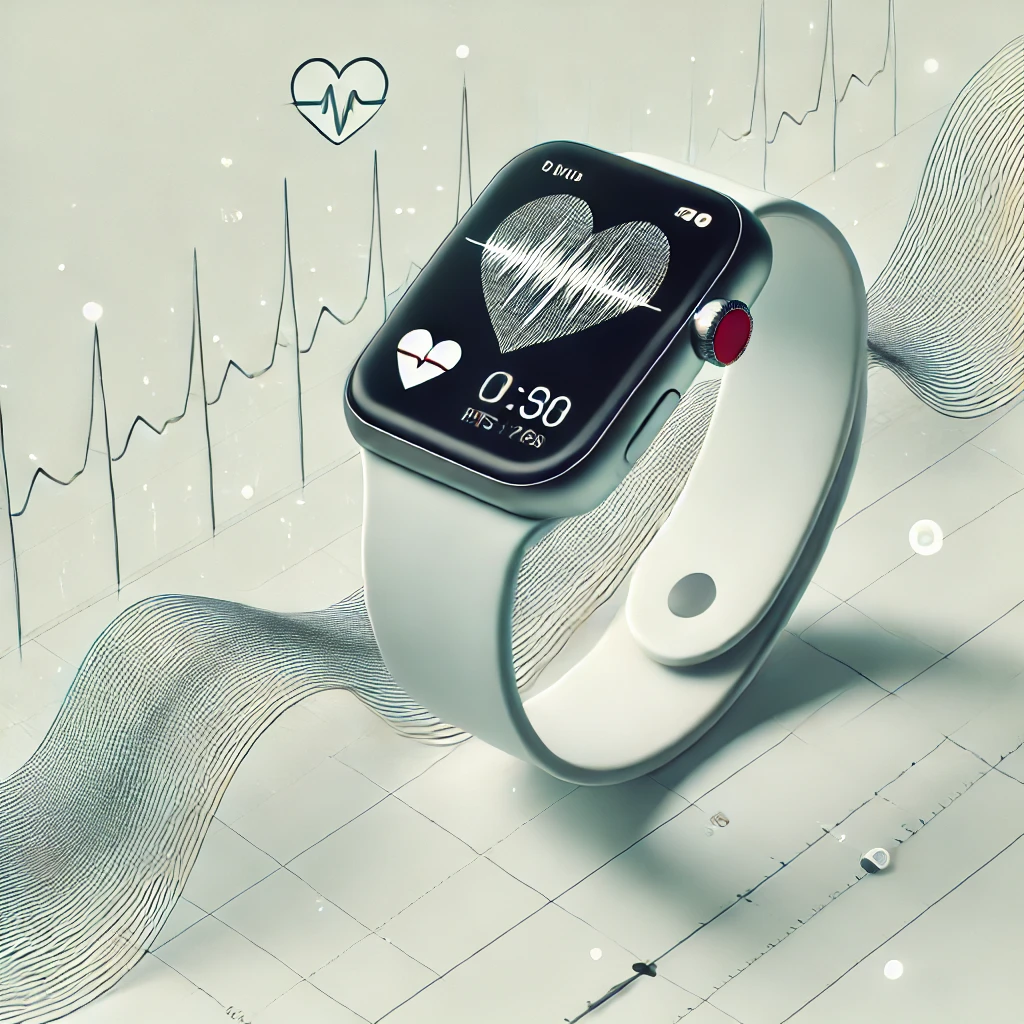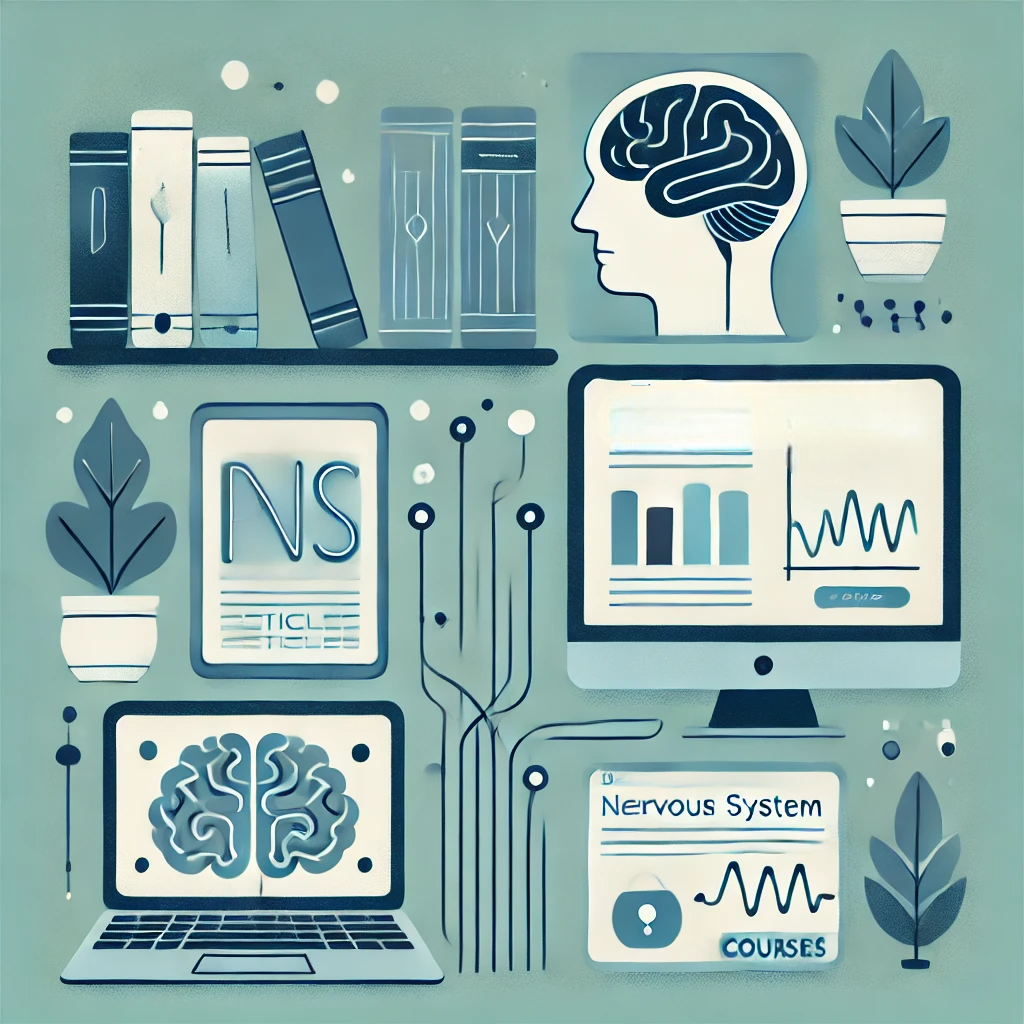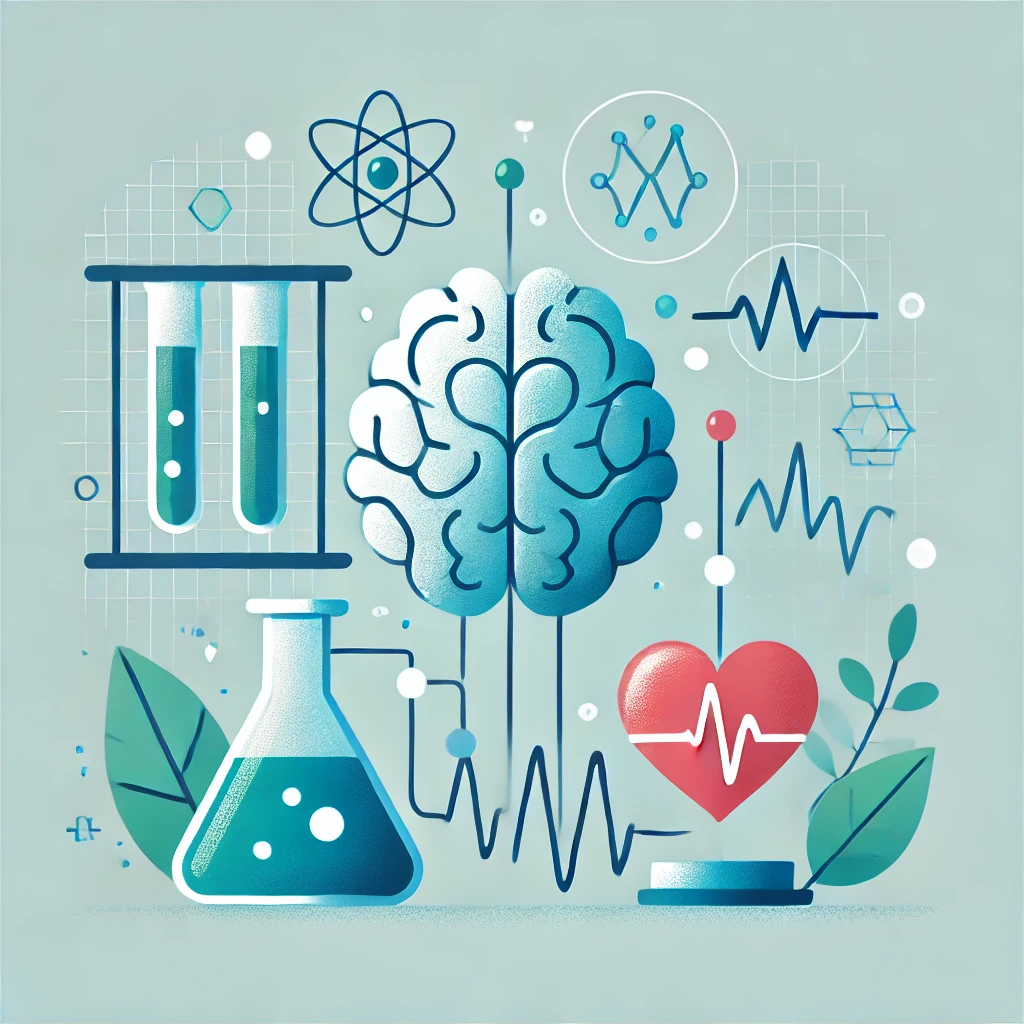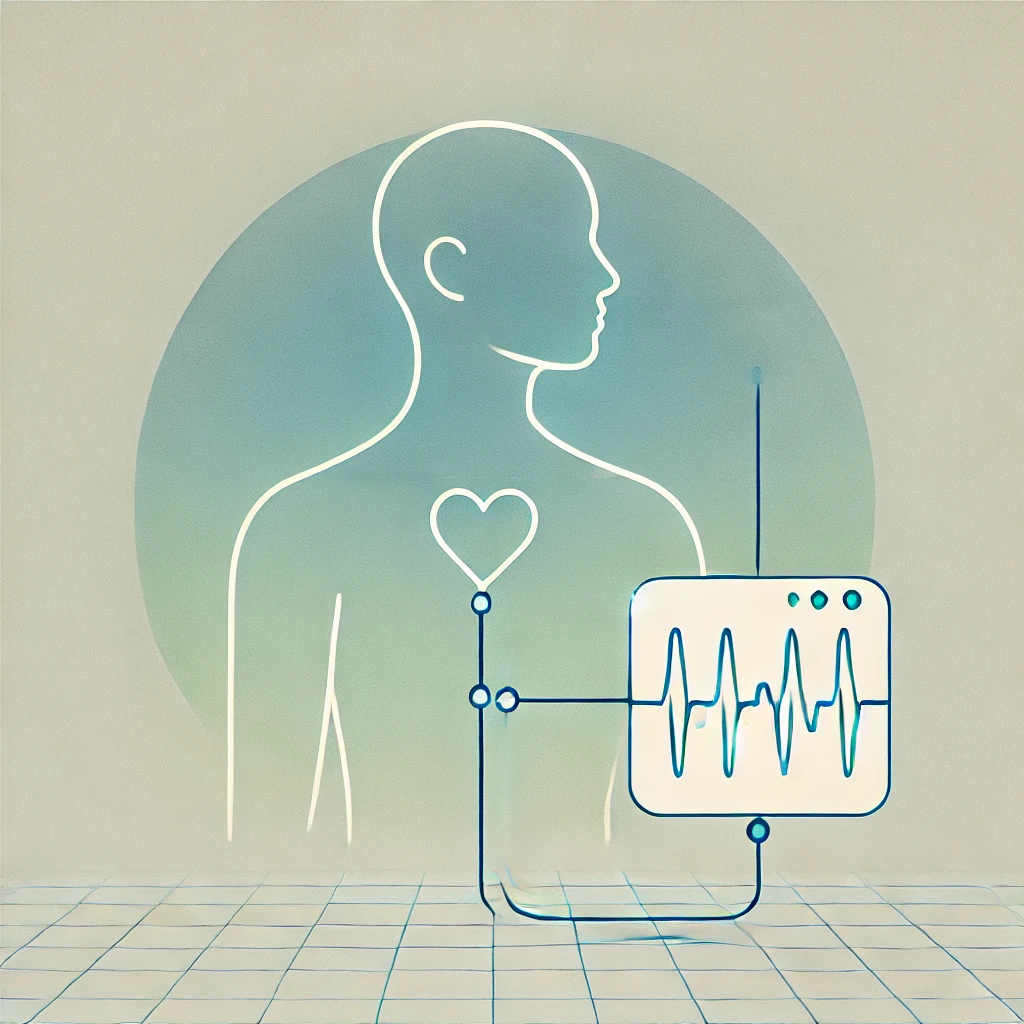Review of Apps and Wearable Devices that Track HRV and Other Indicators of PNS Activity
The rapid advancement in technology has brought forth a variety of apps and wearable devices that make monitoring the parasympathetic nervous system (PNS) more accessible. These tools allow individuals to track heart rate variability (HRV), sleep patterns, and other critical indicators of PNS health, providing valuable insights into stress management and overall well-being.
- Wearable Devices:
- Whoop Strap:
- The Whoop Strap is a highly regarded device that monitors HRV, sleep quality, and recovery, offering in-depth insights into PNS activity. It provides daily reports that help users understand their body’s recovery needs and adjust their routines accordingly.
- For instance, athletes and fitness enthusiasts use the Whoop Strap to optimize their training schedules, ensuring they aren’t overtraining and allowing adequate recovery time, which is essential for maintaining PNS health.
- Oura Ring:
- The Oura Ring is another popular wearable that tracks HRV, sleep stages, and readiness scores, giving users a comprehensive view of their PNS health. The ring’s sleek design makes it a convenient and unobtrusive option for continuous health monitoring.
- Users of the Oura Ring can track their HRV trends over time to assess how well their bodies are recovering from stress, adjusting their lifestyle choices to improve their PNS function.
- Apple Watch:
- The Apple Watch is widely known for its comprehensive health tracking features, including HRV monitoring. It also tracks heart rate, sleep, and activity levels, offering a holistic view of health metrics that contribute to PNS health.
- Apple Watch users can monitor their HRV data to detect early signs of stress or fatigue, allowing them to take proactive steps such as practicing relaxation techniques or modifying their exercise routines.
- Elite HRV:
- Elite HRV is a leading app that provides detailed HRV analysis, guiding users on how to manage stress and optimize their PNS function. The app offers personalized insights and recommendations based on daily HRV readings.
- Elite HRV users can follow the app’s advice to adjust their breathing patterns or engage in specific relaxation techniques to improve their HRV, thereby enhancing their PNS health.
- HRV4Training:
- This app is tailored for athletes, tracking HRV to optimize training and recovery. HRV4Training provides actionable insights into how different training intensities affect the user’s autonomic nervous system.
- Athletes use HRV4Training to monitor their recovery and adjust their workout plans to prevent overtraining, ensuring their PNS remains balanced and their overall performance improves.
- Welltory:
- Welltory is an all-encompassing health app that integrates various data, including HRV, to provide users with a comprehensive overview of their stress levels and overall well-being. The app offers personalized recommendations to enhance PNS function.
- Welltory users can track their stress levels throughout the day and receive tips on how to manage them effectively, such as by taking short breaks or practicing mindfulness, which supports better PNS health.
How to Use These Tools to Maintain and Improve PNS Health
While having access to these tools is a significant first step, knowing how to use them effectively is crucial for maintaining and improving PNS health. Here are some practical ways to integrate these tools into daily routines:
- Understanding Your Data:
- It’s important to understand what the data from these apps and wearables means. For example, HRV is a key indicator of PNS activity, with higher variability generally indicating better stress resilience and PNS health.
- You can learn that a low HRV score may suggest their body is under stress or not fully recovered, prompting them to take steps to relax or reduce physical exertion.
- Integrating Data into Daily Life:
- Regularly check your HRV data and use it to inform daily decisions. For example, if your HRV is low, it might be wise to focus on relaxation rather than intense exercise.
- Setting goals based on HRV trends can be effective, such as aiming to improve sleep quality or incorporating more relaxation exercises to enhance PNS function.
- Using Data for Long-Term Health:
- Track your data over time to identify patterns that could inform long-term health decisions.
- If you notice a consistent drop in HRV during periods of high work stress, you might decide to implement more regular breaks or adopt stress management techniques.
- Personalized Health Strategies:
- Use the insights provided by these tools to create personalized health strategies, such as modifying your sleep routine or exercise plan to support better PNS health.
- By monitoring how certain activities affect your HRV, you can tweak your habits to ensure that your PNS is functioning optimally, such as incorporating more mindfulness practices on days when your HRV is low.
In today’s fast-paced world, managing and improving your parasympathetic nervous system (PNS) health has become more accessible thanks to advanced apps and wearable devices. These tools, such as the Whoop Strap, Oura Ring, and Apple Watch, along with apps like Elite HRV, HRV4Training, and Welltory, offer valuable insights into your heart rate variability (HRV) and other indicators of PNS activity. By understanding and utilizing this data, you can make informed decisions that enhance your stress management, recovery, and overall well-being.










